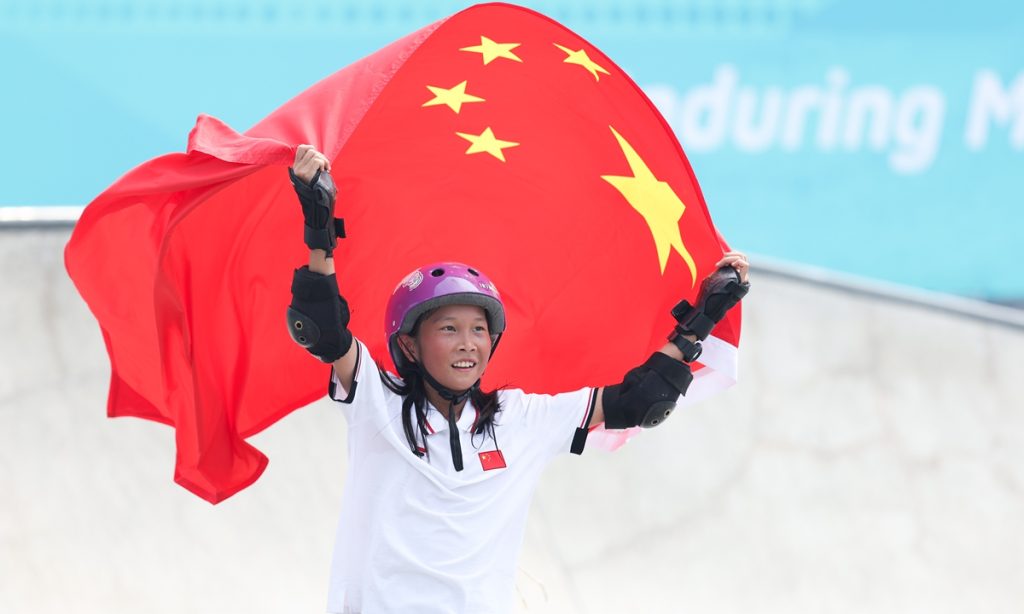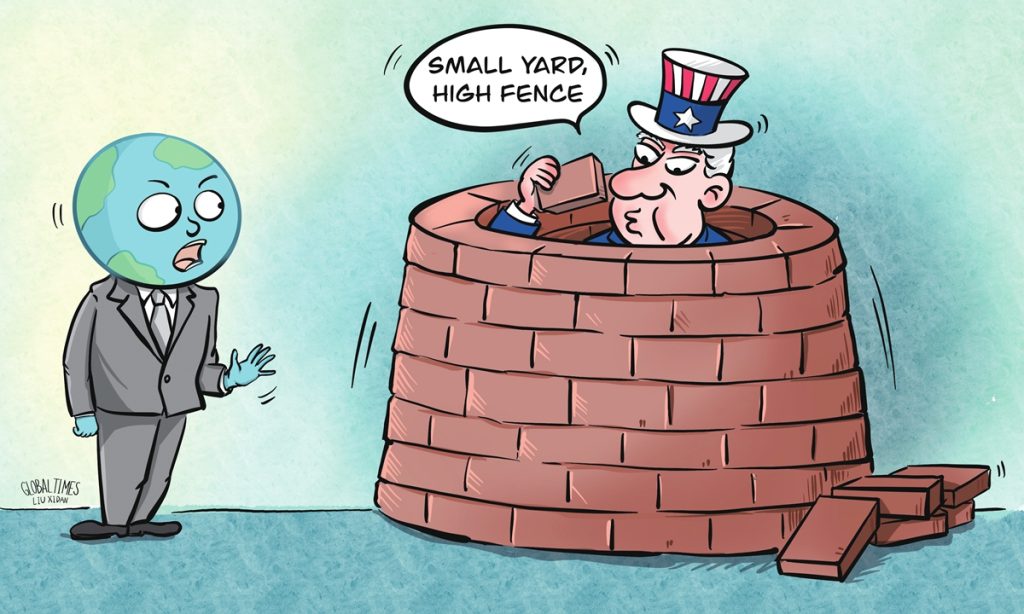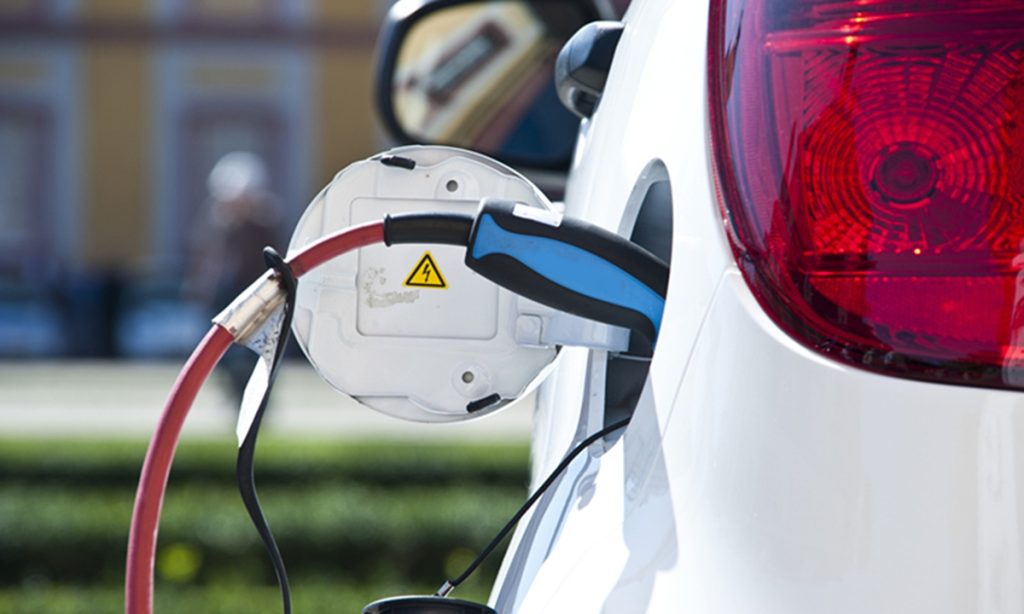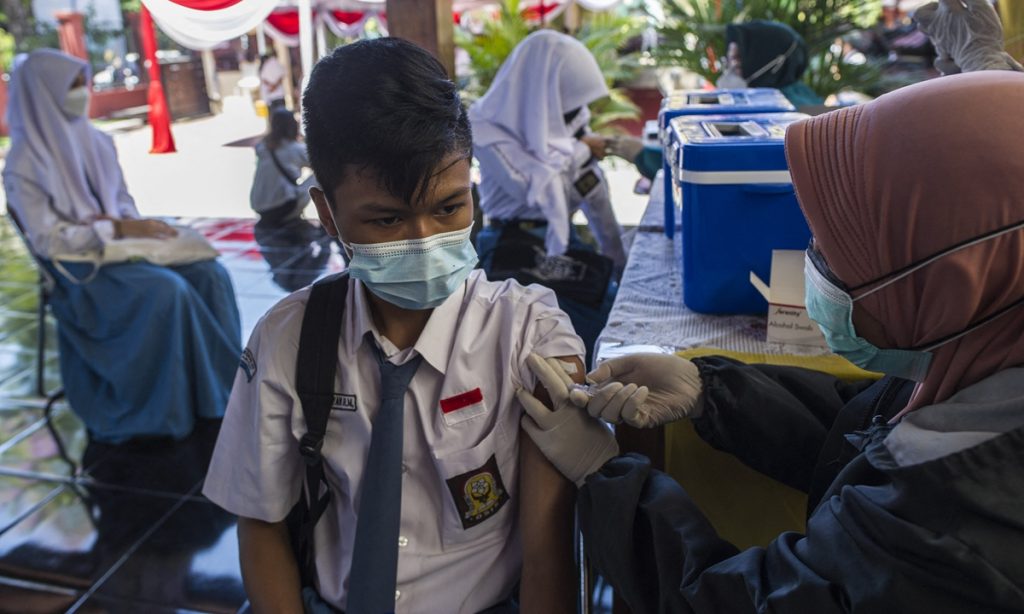Witness to history: Chinese people in Morocco share life-and-death earthquake experiences, rush to assist locals to get through disaster
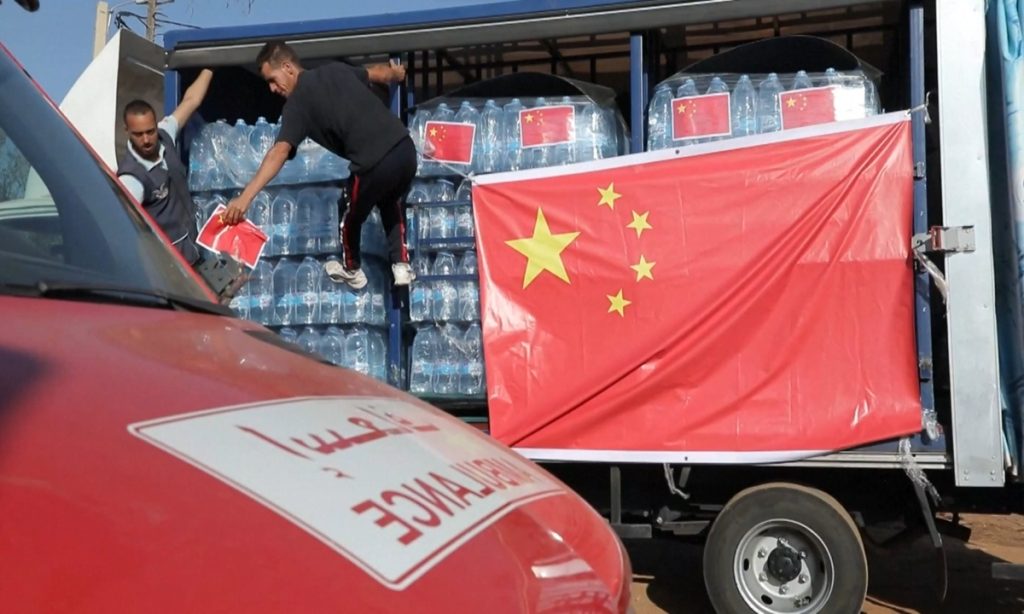
Editor's Note:
The magnitude 6.8 quake that struck southern parts of Morocco at midnight local time, on September 9 killed more than 2,800 and injured over 2,500 so far. Chinese President Xi Jinping extended condolences to Moroccan King Mohammed VI, at the tragic loss of life and expressed sincere sympathies to the bereaved families and the injured on behalf of the Chinese government and people.
For many Chinese people, Morocco is a faraway but not alien country. There are thousands of Chinese residents living in Morocco, with an increasing number of Chinese tourists visiting the country in recent years.
Several Chinese nationals residing in Morocco reached by the Global Times shared their personal earthquake experiences. Many of them, after the initial shock, volunteered their help to earthquake victims and their families, offering medical aid, financial donations, and the transportation of supplies.
This story is a part of the Global Times' series of "Witness to history," which features first-hand accounts from witnesses who were at the forefront of historic events. From scholars, politicians and diplomats to ordinary citizens, their authentic reflections on the impact of historical moments help reveal a sound future for humanity through the solid steps forward taken in the past and the present.
At 1.28 am, obstetrician Zhang Qian finally heard the loud cry of a baby. It was a healthy baby girl.
Zhang breathed a sigh of relief performing after a nerve-racking hour-long C-section on a Moroccan patient. While in surgery at a Moroccan hospital, Zhang felt aftershock tremors from the earthquake that had rocked the North African country just two hours prior. A powerful quake struck Morocco Friday night, with the toll expected to rise as rescuers struggle to reach hard-hit remote areas.
Baby born in earthquake
Zhang and obstetrics nurse Liu Yan, from the Shanghai No.8 People's Hospital, are members of the Chinese medical team in Morocco. The hospitals they serve are in Ben Guerir, a town 70 kilometers away from the western city of Marrakech which was hardest-hit by the earthquake.
Zhang was en route from the hospital to her apartment in Ben Guerir when the earthquake suddenly occurred. "I felt the whole apartment building shake when I entered," she recalled. "I froze for a second before quickly running out."
Then Zhang received a call from the hospital asking her to return to work. She rushed to the hospital, where the square in front of the hospital was filled with anxious doctors and patients. The tremor made the hospital unsafe.
Not long after, an ambulance transporting a hemorrhaging pregnant patient roared up the driveway. Worse still, after conducting a quick medical examination, Zhang found the patient to be hypertensive, presented signs of abruptio placentae. "She was in critical condition and needed a C-section as soon as possible," Zhang said.
Only an hour had passed since the earthquake and having to conduct an hour-long surgery in the hospital building brought with it glaring risks. "But both the expectant mother and her baby would have died without timely intervention," Zhang told the Global Times. "We decided to ignore the risk to help them."
When nurse Liu rushed to the hospital's operating room and saw the distressed expectant mother, she echoed Zhang's sentiments. "She had suffered 200 ml of blood loss probably from the placenta, almost equal to total blood loss from the baby in-utero," said Liu, who has nearly 30 years of working experience.
The emergency C-section started amid aftershocks. Zhang and Liu headed the surgery, supported by four local medical staffers including two nurse anesthetists, an itinerant nurse, and a midwife. It was the only surgery performed at the hospital that night. Fortunately, a 3.9-kilogram baby girl was smoothly born in the end, and her mother was also in stable condition.
Zhang and Liu don't remember how many "Shukran" - the Arabic word for "Thank you" - they've received from their Moroccans counterparts in the days since the earthquake. The new mother and her husband, as well as other patients and staffers at the hospital, all expressed their gratitude and admiration for the caring and dedicated Chinese medical personnel.
Hu said she was later told that there were several waves of dangerous aftershocks while they were in the operating room in the hospital. "But I was far too focused on the surgery to feel any of them or be afraid," she told the Global Times.
"The only thing I was afraid of at that time was an unexpected complication with woman and her baby."
More helping hands from China
The work at the hospital becomes normal now for Zhang and Liu, who both belong to the medical team that China has been assigning to Morocco since 1975, serving local patients at public hospitals across the country. The earthquake won't change their original schedule of them remaining in Morocco, the Global Times learned.
Moreover, China's rescue efforts continue to reach the areas hardest hit by the earthquake, including the Al Haouz region, 50 kilometers south of Marrakech.
The Red Cross Society of China has announced that it will provide the Moroccan Red Crescent with financial emergency humanitarian assistance worth $200,000. The China International Development Cooperation Agency also said that it stands ready to provide emergency humanitarian assistance based on the needs of those most affected by the disaster, according to the Chinese Ministry of Foreign Affairs.
"China stands ready to continue to provide help to Morocco in light of its needs, to the best of our capability," Foreign Ministry spokesperson Mao Ning said on Monday's press briefing.
At the grassroots level, Chinese nationals residing in Morocco have also actively reached out to help. In a video she shared online, Xiaoshuang (pseudonym), a sea cucumber dealer, stands in front of a lorry fitted with a big container, surrounded by many buckets of drinking water. She says to the camera that she will fill the container with the drinking water and send it to Al Haouz.
"I'm on my way to the disaster area," Xiaoshuang told the Global Times on Monday morning local time.
Chinese vlogger and photographer Jiang Cheng lives in the famous port city of Casablanca in northwestern Morocco. Early in the morning after the earthquake, he boarded a Chinese friend's car and went to Al Haouz. At first Jiang just wanted to shoot some videos and photos there, but he soon felt he needed to step up and help.
"I'm contacting my Chinese friends to collectively transport foodstuffs to the hardest hit areas," Jiang told the Global Times. "My heart broke when witnessing the dire situation there."
Jiang added that as far as he knows, many Chinese communities and individuals in Morocco are discussing the collection and transportation of supplies to earthquake victims and their families.
Chinese enterprises were also seen at the earthquake's hard hit areas. On social media, some users shared photos of a Chinese-invested heavy equipment and manufacturing enterprise sending excavators and loaders to the rescue scenes, the Global Times found.
Fears, tears and relief
For many Chinese nationals residing in Morocco, experiencing the sudden earthquake was full of fears, tears, relief and the desire to help others.
Line (pseudonym), for instance, was on a camping trip in the mountains just tens of kilometers from the earthquake's epicenter. The tremor was very strong, but no tourists were hurt, she said.
"When we drove out of the mountains in the early morning, it was like we were on the run," she told the Global Times. "There were falling rocks everywhere, and some of the road barriers had collapsed. I felt like we might fall off the mountain at any moment."
Tang, another Chinese tourist visiting Morocco, was at a surf club on the beach, about 100 kilometers from the epicenter. At the time, she was engaged in her post-shower beauty routine when she first felt the tremor, which alarmed, and then terrified her.
When the shaking continued, however, she quickly put on her clothes and ran outside. "No one even turned on the lights when we ran downstairs, and some people didn't even have their shoes on," she told the Global Times. "My companion even banged her head on the way down."
All of the surfers made it to the main street, and later to an open space on higher ground. "Even our dog was scared and came to find us," she said. "Everyone slept outside and the club provided blankets and drinking water."
Ma Jun, who has been living in Morocco for years, was hundreds of kilometers from the epicenter, but also felt the tremor so strongly that when the earthquake struck he rushed outside with his shirt inside-out.
"We all ran out and stayed outside immediately," he recalled. "The street was full of locals spending the night outside and in their cars."
Ma told the Global Times that he returned to his room to rest after a long period outside, but slept in his jacket and shoes for fear of aftershocks.
It was the first time that Jiang had experienced earthquake. He recalled that he didn't realize it was an earthquake, until the quake lasted some two minutes. "Then I put on my clothes and rushed downstairs with my valuables. My house's rolling gate heavily clanged due to the shakes."
Jiang praised the Chinese Embassy in Morocco for its quick response. "It published useful information online that night soon after the earthquake happened, such as the contact numbers for help and some rescue resources," he told the Global Times.
As of press time, there have been no reports of Chinese casualties resulting from the earthquake.
Through the past three days, Jiang said he has barely slept in the last three days. Images of collapsed buildings, dead bodies, and distraught people in Al Haouz continue to haunt him.
"I've been living in Morocco since 2016, and it has become my second home," Jiang told the Global Times. "I hope everything will be better soon. And I will continue to contribute to [rescue and reconstruction efforts] together with many other Chinese compatriots here."
